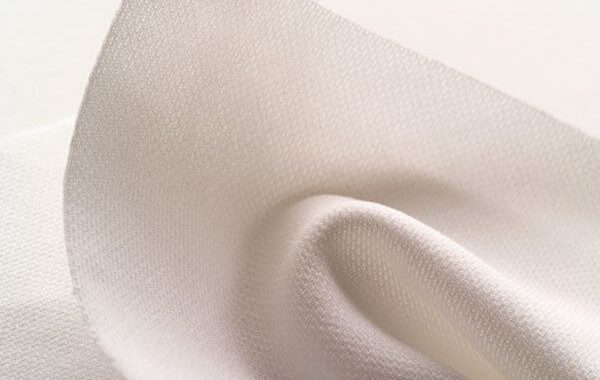Using IPA (isopropyl alcohol) wipes correctly is essential to maintain cleanliness and avoid introducing new contaminants during cleaning processes in laboratories, cleanrooms, and electronics manufacturing. Proper techniques ensure surfaces remain particle-free and safe for sensitive equipment.
Key Features:
-
Lint-Free and Non-Abrasive Material: Wipes are designed to prevent fiber shedding and surface scratches while cleaning.
-
Controlled Solvent Use: Proper IPA concentration (typically 70%) ensures effective cleaning without leaving residues.
-
Antistatic Properties: Some wipes reduce static attraction, preventing airborne particles from settling on cleaned surfaces.
-
Pre-Saturation or Dry Use Options: Depending on the application, pre-wetted or manually moistened wipes allow precise solvent application.
Usage Tips to Avoid Cross-Contamination:
-
Use a Single-Surface Wipe: Avoid wiping multiple surfaces with the same wipe; discard or replace when saturated.
-
Unidirectional Wiping: Wipe in one direction rather than back-and-forth to prevent redepositing particles.
-
Proper Handling: Wear gloves and avoid touching the cleaned side of the wipe to reduce contamination.
-
Separate Wipes for Different Areas: Designate wipes for specific equipment or zones to prevent cross-contamination.
Applications:
-
Electronics Cleaning: Safely removes dust and oils from PCBs, sensors, and components.
-
Laboratory Workstations: Maintains sterile, particle-free surfaces for experiments and sample handling.
-
Cleanroom Maintenance: Routine wiping of benches, tools, and instruments in controlled environments.
-
Optical Instrument Care: Cleans lenses and sensitive optical surfaces without streaks or residue.
Benefits:
-
Maintains Surface Cleanliness: Reduces risk of recontamination and particle deposition.
-
Protects Sensitive Equipment: Non-abrasive wipes prevent scratches and damage.
-
Enhances Cleaning Efficiency: Correct techniques maximize IPA effectiveness and reduce waste.






